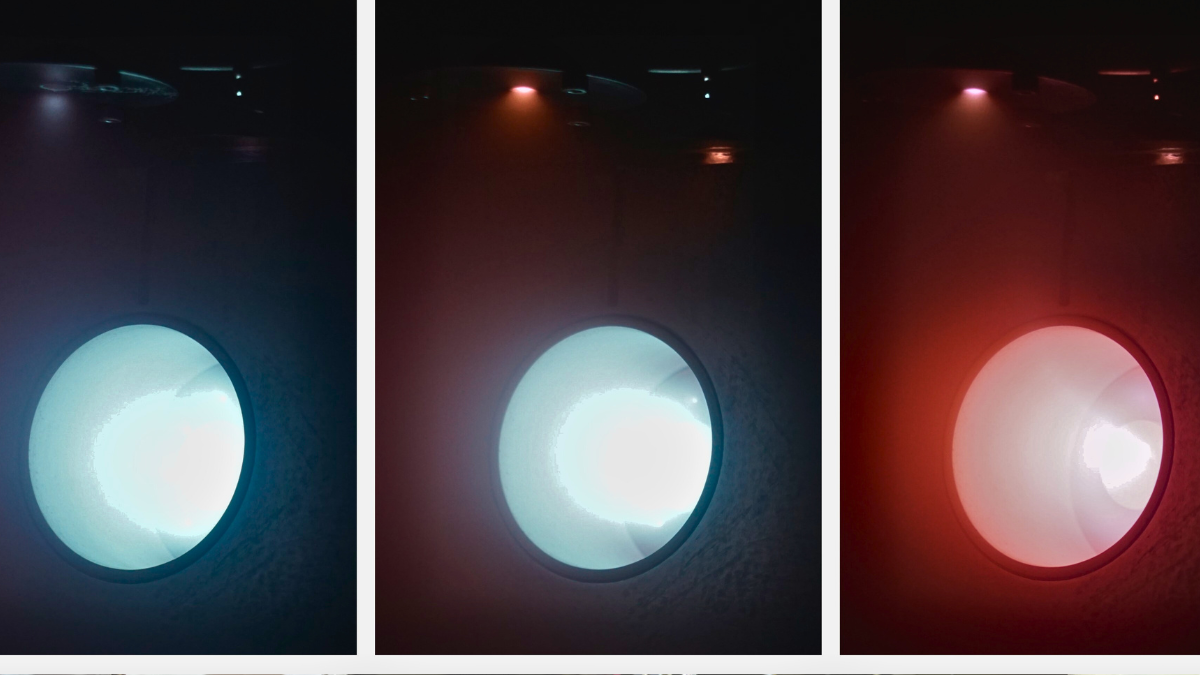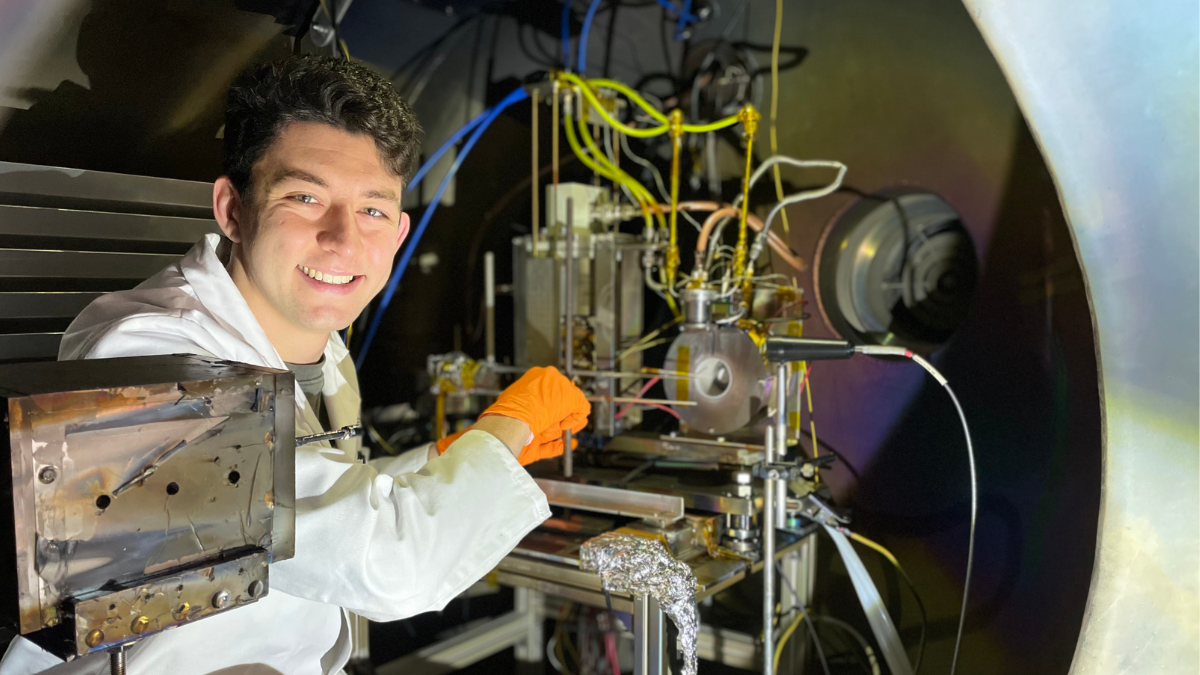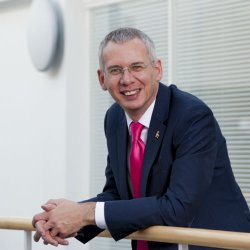New air-breathing spacecraft to provide better Earth observation and quicker communications
Scientists at the University of Surrey are developing a new way to power low-orbit spacecraft using – literally – thin air.

Surrey Space Centre aims to enable extremely low-altitude spacecraft orbits in the upper atmosphere, thanks to funding from the UK Space Agency.
This new spacecraft concept could offer new capabilities in Earth observation, climate monitoring and satellite communications.
The thin air at extremely low altitude orbits means a different type of spacecraft design and propulsion is needed compared with those used by conventional spacecraft operating in the vacuum of traditional low Earth orbits.

Air-breathing electric propulsion harnesses upper atmospheric air as propellant for an electric thruster.
This allows spacecraft to maintain their orbital altitude via drag-compensation, removing the need to store propellant on board. It means mission lifetimes do not have to be limited by propellant capacity.
The UK Space Agency have awarded the team £250k for a one year project to develop their concept. This will fund conceptual design, propulsion testing, orbital mechanics analyses and aerodynamic simulations.

The activities will be a joint effort between the propulsion (Dr Andrea Lucca Fabris), astrodynamics (Dr Nicola Baresi), spacecraft engineering (Prof Craig Underwood) groups of the Surrey Space Centre and Surrey’s Centre for Aerodynamics and Environmental Flow (Dr Olaf Marxen).
Featured Academics
Media Contacts
External Communications and PR team
Phone: +44 (0)1483 684380 / 688914 / 684378
Email: mediarelations@surrey.ac.uk
Out of hours: +44 (0)7773 479911



